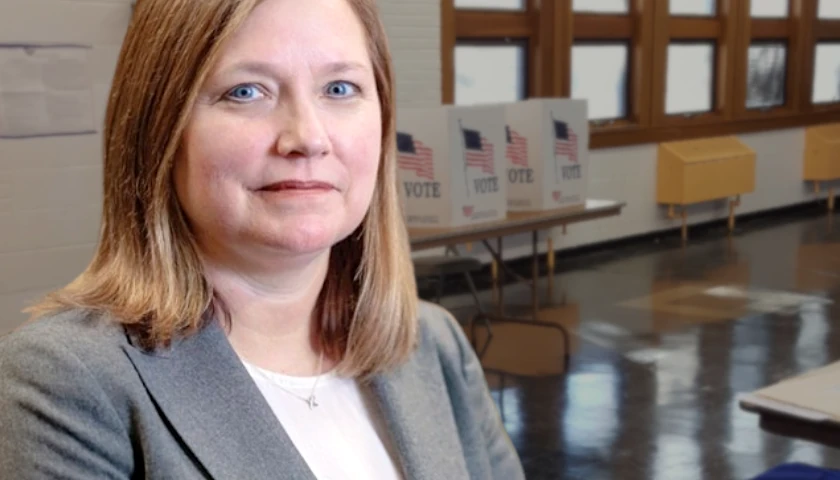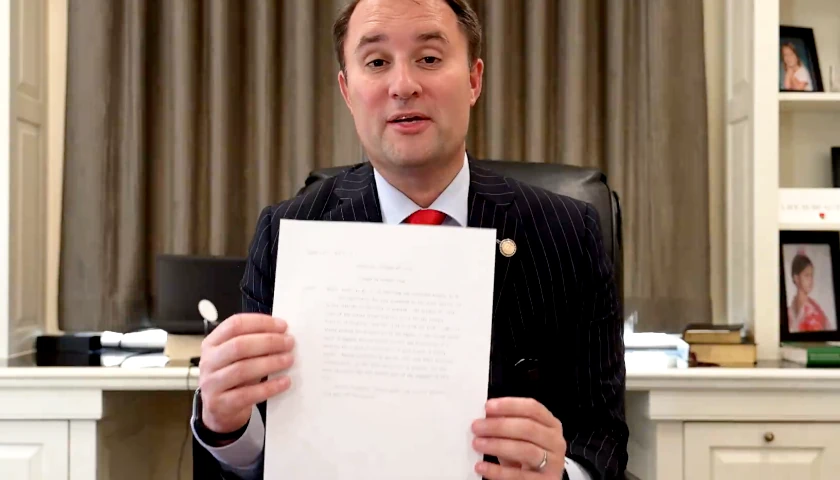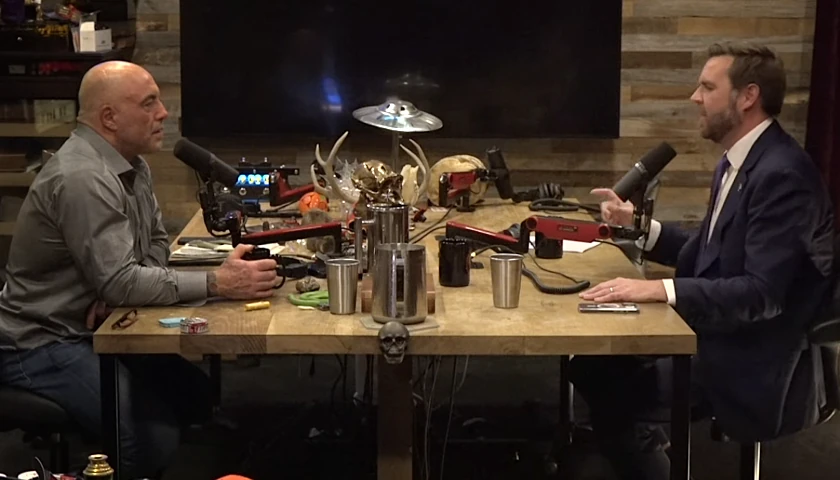by Kevin Killough
Critics of the Biden administration’s energy policies have often pointed out the lack of forethought that goes into the challenges in bringing President Joe Biden’s vision to fruition. Whether it’s the misguided effort to build out charging stations to support its EV mandate, or the impacts of its offshore wind goals on marine wildlife, the administration has seemed more interested in goals than thoughtful planning and analysis of impacts.
A pair of analysts have been conducting research on federal and state green energy policies on the grid and finding what they call short-sighted thinking when it comes to the policies’ impacts on energy reliability and affordability. The business they’ve founded offering these services, Always On Energy Research, had so much demand, they didn’t start advertising until a few months after they opened their doors.
Cost and reliability
Last May, Mitch Rolling and Isaac Orr, also known on Substack as the “Energy Bad Boys,” modeled the cost and reliability impacts of the Environmental Protection Agency’s new power plant rule for the Industrial Commission of North Dakota. The rule requires unproven carbon capture technologies on power plants. The investments to implement the technology aren’t feasible for coal-fired power plants and costly for new natural gas-fired generation. As critics have pointed out, taking large amounts of reliable power off the grid and making it costly to add new reliable power will create reliability problems.
The analysis Orr (pictured above, right) and Rolling (pictured above, left) conducted found that the EPA performed a regulatory impact analysis, but in that analysis, the agency never performed a reliability assessment. Instead, it measured the impacts of the policy using a resource adequacy analysis, which the agency has stated isn’t adequate for measuring regulatory impacts on grid reliability. The EPA also used assumptions that Orr and Rolling found to be “shockingly unrealistic” and “irresponsible.”
This analysis was part of a 27-state lawsuit filed against the EPA, which argues the agency exceeded its authority in passing the rule. A federal appeals court in July declined to block the rule while the legal challenge makes its way through the courts, and the plaintiffs are appealing to the U.S. Supreme Court in hopes of getting the injunction.
The “bad boys” have been conducting a number of these analyses. The North Dakota Industrial Commission also contracted them to model the cost and reliability impacts of the Biden administration’s Mercury and Air Toxics Standards, which the analysts found would deprive consumers throughout the Midwest and Great Plains of 4 gigawatts of coal-fired capacity, enough to power approximately 130,000 households over the course of a month.
The Rio Grande Foundation in New Mexico hired them to do an analysis of the state’s Low Carbon Fuel Standard. Rolling and Orr estimated that by 2030, the rule would increase gasoline costs by 30 cents per gallon, and diesel prices by 34.7 cents per gallon.
Missing pieces
Orr told Just the News that he and Rolling became interested in modeling impacts of energy policies when they kept hearing how wind and solar are the cheapest form of energy, which wasn’t reflected in consumers’ utility bills.
That claim is based on Lazard’s levelized cost of energy. On page 8 of the report is a footnote warning that “other factors would also have a potentially significant effect on the results contained herein, but have not been examined in the scope of this current analysis.” These include over building of wind and solar farms, transmission and energy storage costs to make unreliable wind and solar available at all times, and these costs make wind and solar very expensive.
“We saw that there were large pieces of the puzzle that were missing, and that really got us curious. How do we fill these missing pieces?” Orr said.
Orr said that a lot of the modeling done by renewable energy advocates uses a “bait and switch” baseline to claim that their policy proposals will save money relative an alternative scenario. So, they’ll compare their plan to another plan to incorporate wind and solar on the grid, rather than comparing the proposal to the grid as it exists today.
“So that’s how they get away with promoting this fiction that we can reduce our emissions and also provide lower cost. It’s not lower cost compared to today. It’s compared to some other kind of made-up scenario that would potentially exist in the future,” Orr said.
Rolling studied engineering and history in college, and Orr studied political science and geology. They largely taught themselves how to analyze energy policy impacts, Orr said. They had previously worked for the Center for the American Experiment, a Minnesota-focused think tank. The work Rolling and Orr did there got some attention, and they received inquiries about doing projects in other parts of the country.
“Some of those projects are kind of what gave us escape velocity, to feel confident that we could flee the nest, so to speak,” Orr said.
Orr said he hopes more policymakers avail themselves of their work. It’s good for their business, of course, but it also would produce better informed policies, he said. Often the main interest in policy is often only looking at emissions reductions and not the impacts on grid reliability and affordability. The main interest is carbon emissions reductions, with little analysis done on other impacts.
Orr said the business is in start-up mode, and proponents of a green energy transition have a lot of resources at their disposal to advocate and advance their businesses.
“We’re outgunned, we’re outmanned and we’re outspent. I would love to be able to grow Always On Energy Research into a formidable player in the space,” Orr said.
– – –
Kevin Killough is a reporter at Just the News.
Photo “Mitch Rolling” by American Experiment. Photo “Isaac Orr” by American Experiment.









